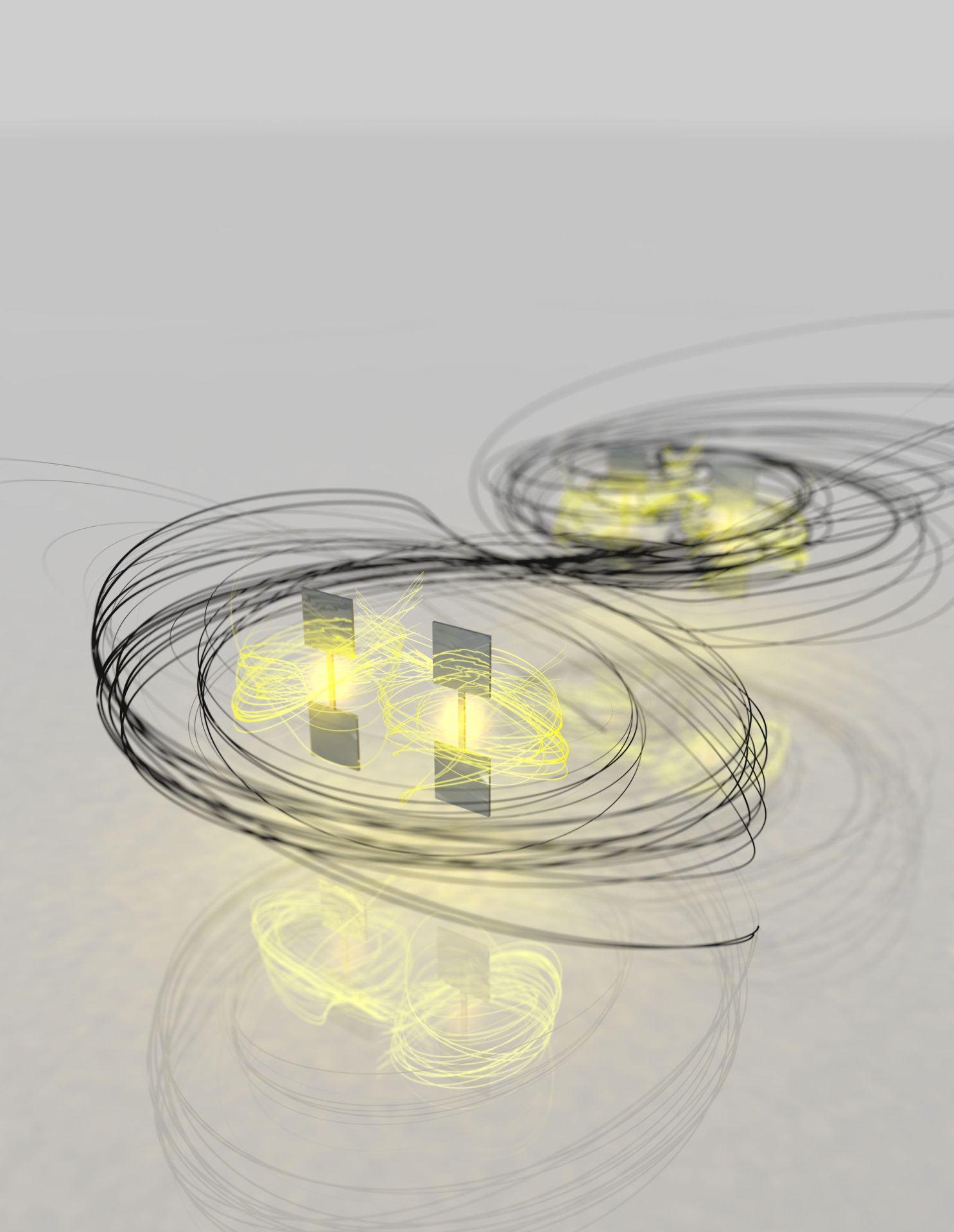Chinese researchers have achieved a remarkable advancement in quantum photonics by generating a massive 60-mode entangled cluster state directly on a chip. This achievement from scientists at Peking University and the Chinese Academy of Sciences represents approximately ten times the scale previously attained with on-chip systems, as detailed in their publication in Light: Science & Applications.
The team overcame traditional scalability limitations by implementing a deterministic continuous-variable approach rather than relying on probabilistic processes. At the core of their innovation is an optical microresonator—a tiny ring-shaped device that traps light in a circular path and supports multiple closely spaced frequency modes.
Their technique employed up to three synchronized lasers in a multi-pump configuration. The primary laser triggered degenerate four-wave mixing to produce pairs of entangled light modes, while additional lasers created further connections through non-degenerate four-wave mixing. This sophisticated arrangement generated a highly interconnected network of 60 entangled light modes in both linear and grid-like structures.
The researchers verified the quality of entanglement using phase-locked balanced homodyne detection to assess the orthogonal quadratures of the light modes. By constructing a covariance matrix and applying the positive partial transpose criterion, they confirmed stable entanglement links with measured squeezing of up to 3 dB—a world-leading level that clearly indicates high-quality entanglement.
Cluster states are essential for quantum technologies because they enable multiple quantum systems to interact in a coordinated, entangled manner. This form of entanglement underpins powerful applications in quantum computing, ultra-secure communications, and precision sensing.
The achievement represents more than just an experimental breakthrough; it offers a robust platform for exploring quantum entanglement and developing scalable, chip-based quantum light sources. These microresonator-based systems could form the foundation for next-generation quantum computers, secure communication networks, and advanced sensors, all within compact and efficient devices.
By demonstrating the largest-scale cluster states with unprecedented raw squeezing levels from a photonic chip, this research opens promising pathways toward computational and communication tasks with significant quantum advantages.
Reference: “Large-scale cluster quantum microcombs” by Ze Wang, Kangkang Li, Yue Wang, Xin Zhou, Yinke Cheng, Boxuan Jing, Fengxiao Sun, Jincheng Li, Zhilin Li, Bingyan Wu, Qihuang Gong, Qiongyi He, Bei-Bei Li and Qi-Fan Yang, 16 April 2025, Light: Science & Applications. DOI: 10.1038/s41377-025-01812-2




